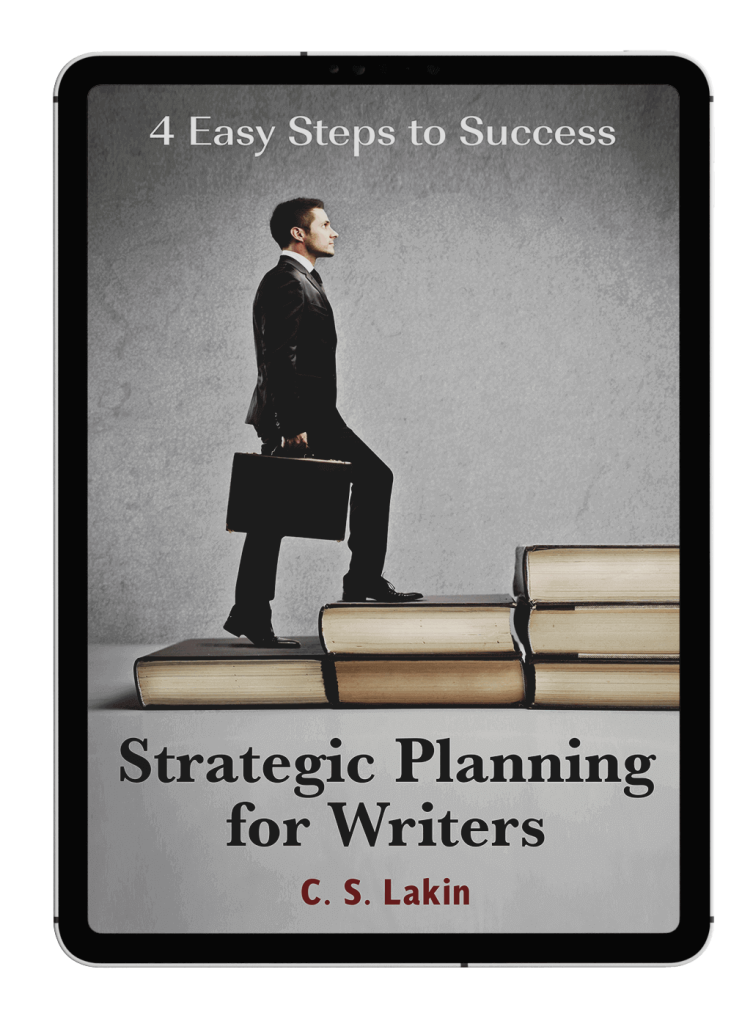Tips to Turn Sketchy Writing into Robust Prose
Writers are hounded with the admonition to “show, don’t tell,” which is not easily done well. Showing requires learning masterful technique that can make readers feel as though they are in the story, experiencing it through the characters, moment by moment.However the “don’t tell” rule does not mean that essential elements of a story should be left out. Readers translate the words we write into images, feelings, voices, etc. If we don’t actually put those words on the page, there’s nothing to translate—nothing with which to bring our stories to life.
While showing is the optimal objective in writing fiction, there are times when it’s not enough. Certain things must be explained, and some bits of backstory are needed to give clarity to the action or motivation of a character. Readers can get lost while “watching” a scene if they don’t get why it’s playing out the way it is. Characters might appear and disappear from a scene; motivation may be mysteriously lacking; and actions might erupt out of nowhere. Not good.
What results is sketchy writing. Similar to an artist who lightly draws in pencil to indicate shapes in preparation to paint a canvas, our writing can seem to indicate scenarios and emotions and conflict but leave readers scratching their heads.
Have you ever been reading a story and found yourself completely confused by something that happens? Maybe a character does something that doesn’t seem physically possible, or speaks but you never knew he was even part of the scene. That happened as a result of telling the story without using enough information to make it logical and imaginable.
We writers want to leave room for readers’ imaginations, not overstuffing the envelope, as Sol Stein put it, to allow them to envision the world we are creating and populating with our characters. But we also don’t want the envelope almost empty, just lined with a little pixie dust at the bottom! We need to find a balance.
Because of a lack of adequate writing experience, helpful critical feedback, and sufficient skill development and training, writers don’t realize they aren’t showing enough—especially in a scene’s opening paragraphs—to help readers picture where a character is and when the scene is taking place in the story. Writers themselves can imagine all the action taking place, the details of the setting, the sounds and smells their characters are experiencing. But they forget that readers aren’t mind readers.
Because we already know exactly what’s in our inner “movie,” we can fail to realize that not everything is making it onto the screen. The constant refrain of “don’t overwrite,” while valid in itself, can cause writers to tighten back even further and actually leave things on the cutting floor that should have stayed in.
It’s possible to underwrite setting, action, emotion, logic, and more. The results can be so jarring that a reader is totally kicked out of the scene—or fails to enter it fully in the first place.
When a character starts talking and you didn’t know they were in the scene? Underwriting. When a character at the start of a scene is in her bedroom but ends up in her office and you didn’t know she had gone there? Underwriting. When someone makes a decision and you have absolutely no idea why?
Yeah, that’s underwriting too.
A caveat here: certain actions don’t need to be spelled out. I can write “I picked up the keys,” and you’ll get a clear picture of what I’m doing; I don’t need to write “I reached out, uncurled my fingers, closed them around the keys, and lifted them.” But where action isn’t a natural one, the steps need to be there.
How to Avoid Sketchy Writing
Here are ten questions to ask of your scenes to help you avoid sketchy writing. Keep your eye out for these flaws in your writing, and your readers will be able to immerse themselves fully in your story.
- Where is this scene taking place? I shouldn’t have to ask this, right? The writer is thinking, Isn’t it obvious? I know where this scene is taking place.
- What does this place look and feel like? What’s usually missing is not just the locale but the smells and sounds, a sense of the time of day and year, the weather, and exactly where in the world it is.
- How much time has passed? So many scenes dive into dialogue or action without clueing the reader in on how much time has passed from the last scene. Scenes needs to flow and string together in cohesive time. It’s important to know if five minutes or five months has passed, and it only takes a few words to make that clear.
- What is your character feeling right now? This is a biggie. It’s probably the most important element needed at the start of a scene, but it’s often left out. And it’s best shown by your character’s thoughts.
- What is your character’s reaction? So many times I read bits of action or dialogue that should produce a reaction from the POV character, but the scene just zooms ahead without an indication of what the character is feeling or thinking.
- What is the natural, believable process of your character’s reaction? For every important moment, your character needs to react—but in a believable order. First viscerally, then emotionally, then physically, and finally intellectually. Oftentimes a writer will show a character’s first reacting to something that happens with deep logical thought. If you get hit by a car, you aren’t going to first think logically about what happened and what you need to do next. First, you scream, or your body slams against the sidewalk and pain streaks through your back. Keep this adage in mind: for every action, there should be an appropriate, immediate reaction.
- What is the point of this scene? This is a scary question. Because if there’s no point to a scene, it shouldn’t be in your novel. Every scene has to have a point—to reveal character or plot. And it should have a “high moment” that the scene builds to.
- What is your protagonist’s goal for the book? If she doesn’t have a goal, you don’t really have a story. The reader wants to know your premise as soon as possible, and that involves your main character having a need to get something or somewhere, do something or find something.
- Where’s the conflict? Every scene should be bulging with inner or outer conflict or both. Conflict creates tension, which is a good thing. Conflict is story.
- Where’s your opening hook and strong ending sentence? Treat each scene as if it’s a mini novel. Every scene should hook the reader with a strong opening line or two, and should end with a satisfying wrap-up or hanging ending that makes the reader want to dive right into the next scene.
When a story is sketchily written, everything suffers. POV is weaker; personality and perception don’t come through. Confusion reigns when it comes to action; settings are vague or even baffling.
In balanced writing—neither overwritten nor underwritten—the story becomes a true approximation of the human experience, even when it’s a madcap fantasy romp in which people are banished to the moon. “A good book,” wrote novelist William Styron, “should leave you slightly exhausted at the end. You live several lives while reading it.”
Don’t shortchange your writing. Connect the dots, fill out the setting, and even “tell” us the history. Give us the robust writing we need to translate the invisible into a story we can truly experience.
Featured Photo by Kelly Sikkema on Unsplash










